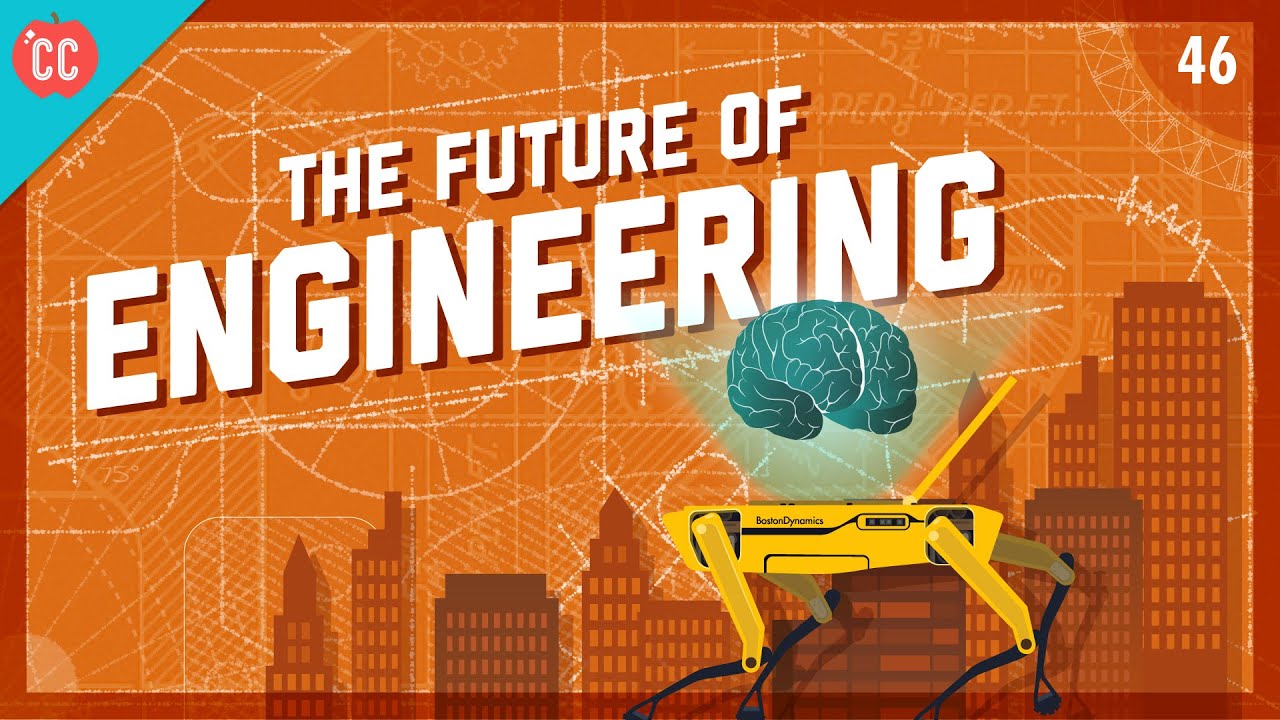
Unleashing the Power of Generative AI in Engineering
Generative AI has created a definite buzz in the tech realm, especially with major advancements across different industries. Since the explosive entry of OpenAI with its remarkable large language models (LLMs), the landscape of artificial intelligence has shifted dramatically, giving rise to innovative applications that are altering how we perceive engineering and creativity in product development.
Exploring the impact of generative AI on engineering.
In a recent discussion, Neil Barua, the CEO of PTC, a Nasdaq-listed company renowned for its product development software tailored for automotive giants like Volkswagen and BMW, shared his insights on the future of AI in engineering. Barua emphasized that PTC has been integrating artificial intelligence into its operations for over a decade, significantly influencing how engineers harness creativity in their work.
“At PTC, we believe that generative AI enhances engineers’ ability to unlock creativity by alleviating them from mundane tasks associated with software development,” he remarked. As vehicles evolve from mere metal structures into software-driven experiences, the importance of innovative software becomes pivotal. Consumers are now more inclined to explore the features embedded in their cars rather than focusing solely on aesthetics. This shift marks a significant transition in the automotive sector, reshaping how manufacturers approach design and functionality.
With the rise of software-defined vehicles, the role of software in controlling various automotive functionalities has taken center stage. Manufacturers must ensure that their software not only responds to user interactions but does so efficiently and effectively. According to Barua, their product Codebeamer streamlines software development by managing requirements, testing, release management, and ensuring traceability. The adoption of generative AI has further enhanced the testing processes, significantly reducing the time engineers spend on manual tasks.
“Generative AI models are particularly adept at aggregating past data, allowing engineers to redirect their focus from the monotonous elements of software development to more creative and innovative pursuits,” said Barua.
As an engineer myself, I can resonate with this sentiment. The tedious nature of certain technical tasks can stifle creativity, leaving less room for innovative thinking. By minimizing this burden, generative AI serves as a liberating force, allowing for the exploration of novel ideas and concepts.
 Transforming traditional engineering processes through innovation.
Transforming traditional engineering processes through innovation.
The paradigm shift initiated by generative AI is not only applicable to the automotive sector but spans multiple industries seeking operational efficiency. From enhancing product development cycles to streamlining supply chains, the capabilities of generative AI are inherently vast. Companies that adopt this technology will likely see a competitive edge, fostering not just creativity but also substantial growth.
Moreover, the continuous evolution of machine learning and AI technologies enhances engineers’ ability to respond to new challenges creatively. In this progress-driven world, the potential for innovations is immense. The prospect of automating routine coding and testing—areas that were traditionally seen as labor-intensive—is especially exciting.
However, we must navigate this technological wave with caution. Leveraging generative AI effectively requires understanding its limitations and the ethical implications of its use. As engineers, we need to maintain a human-centric focus, ensuring that technology serves to augment our capabilities rather than replace the creativity and intuition that are fundamentally human traits.
 Envisioning the future of engineering through the lens of AI.
Envisioning the future of engineering through the lens of AI.
In conclusion, the synergy of engineering and generative AI presents an exhilarating frontier. As the world continues to embrace this technology, engineers and organizations must adopt a progressive mindset, one that values creativity, innovation, and ethical considerations as we navigate new terrain. The future of engineering lies in our ability to embrace these tools to foster not only efficiency but also boundless creativity across all sectors. Together, we can create a landscape where technology serves as an enabler of human ingenuity, driving the engineering world into an unprecedented era of advancement.















